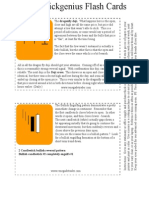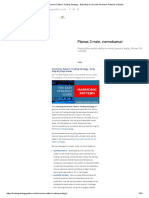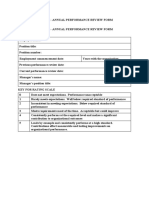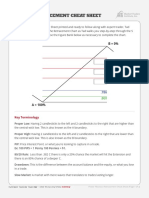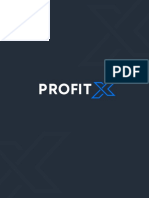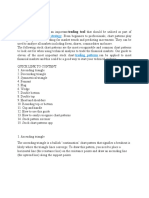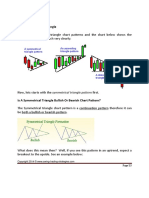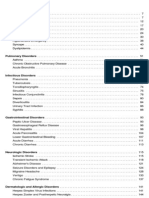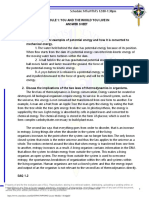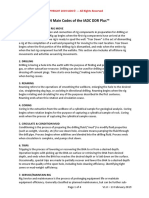100% found this document useful (1 vote)
571 views40 pagesPrice Patterns
Price patterns are formations created by the cumulative movements of stock prices that appear as distinctive patterns on a chart. They help traders predict future price movements and potential targets. There are reversal patterns that signal a change in trend, like head and shoulders, double tops and bottoms. Continuation patterns indicate a temporary pause in an ongoing trend, such as triangles, flags, pennants and rectangles. The document provides examples of various bullish and bearish price patterns along with explanations of their characteristics and how they can be identified on charts.
Uploaded by
HimadieCopyright
© © All Rights Reserved
We take content rights seriously. If you suspect this is your content, claim it here.
Available Formats
Download as PDF, TXT or read online on Scribd
100% found this document useful (1 vote)
571 views40 pagesPrice Patterns
Price patterns are formations created by the cumulative movements of stock prices that appear as distinctive patterns on a chart. They help traders predict future price movements and potential targets. There are reversal patterns that signal a change in trend, like head and shoulders, double tops and bottoms. Continuation patterns indicate a temporary pause in an ongoing trend, such as triangles, flags, pennants and rectangles. The document provides examples of various bullish and bearish price patterns along with explanations of their characteristics and how they can be identified on charts.
Uploaded by
HimadieCopyright
© © All Rights Reserved
We take content rights seriously. If you suspect this is your content, claim it here.
Available Formats
Download as PDF, TXT or read online on Scribd
/ 40







